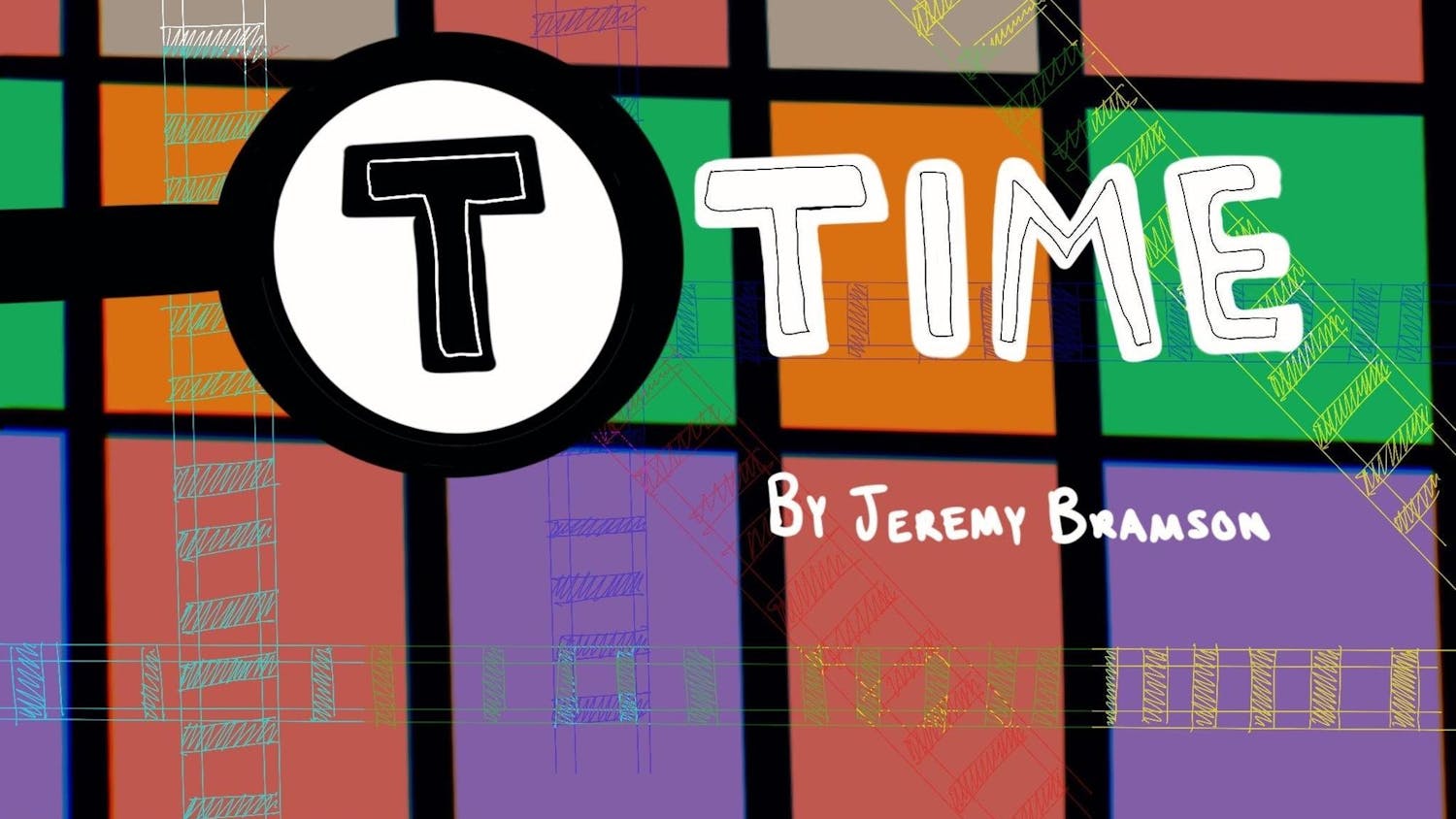In playing the new “God of War” (2018), I am reminded of the importance of a strong introduction into a game. They say that you never get a second chance to make a first impression, and that stands true in games as well. Earlier this year, I wrote a column about tutorials, but tutorials are just one aspect of a video game’s introduction. Whereas tutorials teach you the controls and mechanics of a game, the intro, as its name suggests, introduces you to the story and tone of a game. And in terms of introducing the player to the story and theme of a game, “The Last of Us” (2013) stands out as one of the best.
Immediately, the intro to “The Last of Us” establishes the game’s world. At first, it is no different than the real world. Single fathers return home late, birthdays are celebrated and kids stay up late. While this may seem like a far cry from the hopelessness of the rest of the game, it serves to highlight the desolation and decay later on. Alongside this, the introduction begins to shape the characters and their motivations for the remainder of the game. A warning for all those who have not played “The Last of Us” yet: There are some light spoilers for the intro of the game coming up. But ultimately, it is the tragedy at the end of the introduction that makes the intro of “The Last of Us” so memorable. It is emotional, brutal and sets a bleak stage for the rest of the game.
On the other hand, the introduction of "DOOM" (2016) similarly introduces the player to the game’s themes, but in a very different manner. Instead of providing story exposition and character building, “DOOM” immediately gets into the action. You brutally kill a few demons before destroying a screen providing the only source of story. The message is immediately clear: “DOOM” is not a game that will hit you over the head with its story. Instead, the gameplay is front and center, a theme that continues through the rest of the introduction and the rest of the game.
Although it is older than the rest of the games in this article, the introduction of "Half Life 2" (2004) remains iconic. G-Man’s monologue establishes an eeriness that permeates through the rest of the game. The train where you begin the game is run-down and barren, hinting at the game’s tone. Dr. Breen’s speech echoes through the halls of the train station filled with military police. “Half Life 2’s” world is ruled by a brutally oppressive totalitarian regime, and the introduction makes it abundantly clear. While the whole of “Half Life 2” is incredible, its introduction does an admirable job of setting the scene and tone of one of the greatest games ever made. In fact, I recommend “Half Life 2” to anyone who doesn’t mind a cliffhanger that will never be resolved. It’s a game with a strong intro but will likely never get a conclusion.
More from The Tufts Daily





